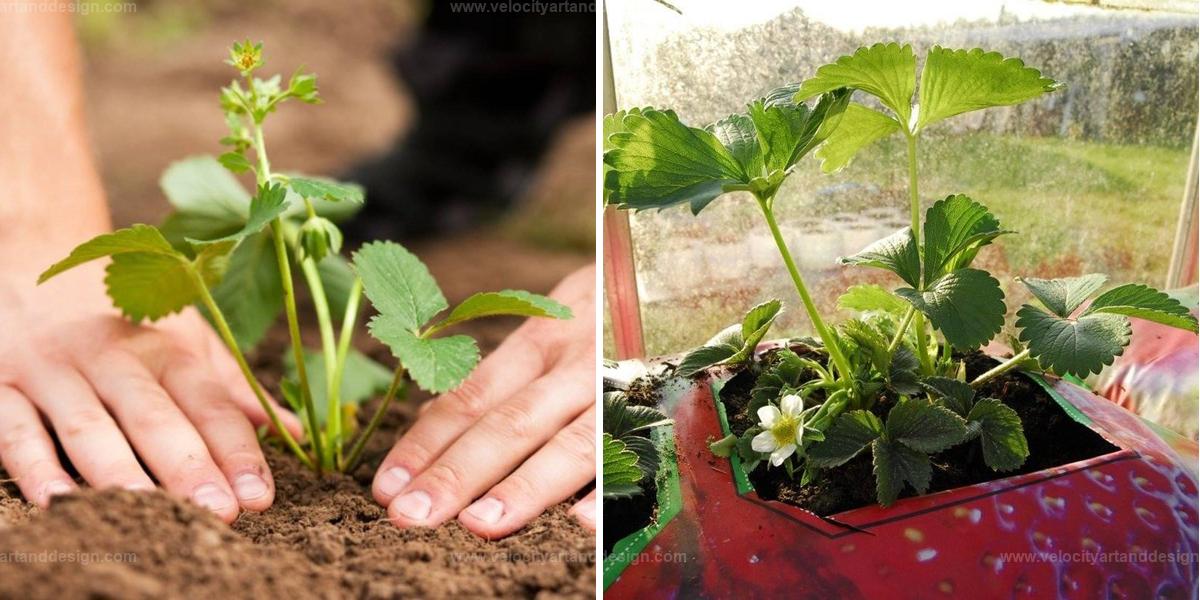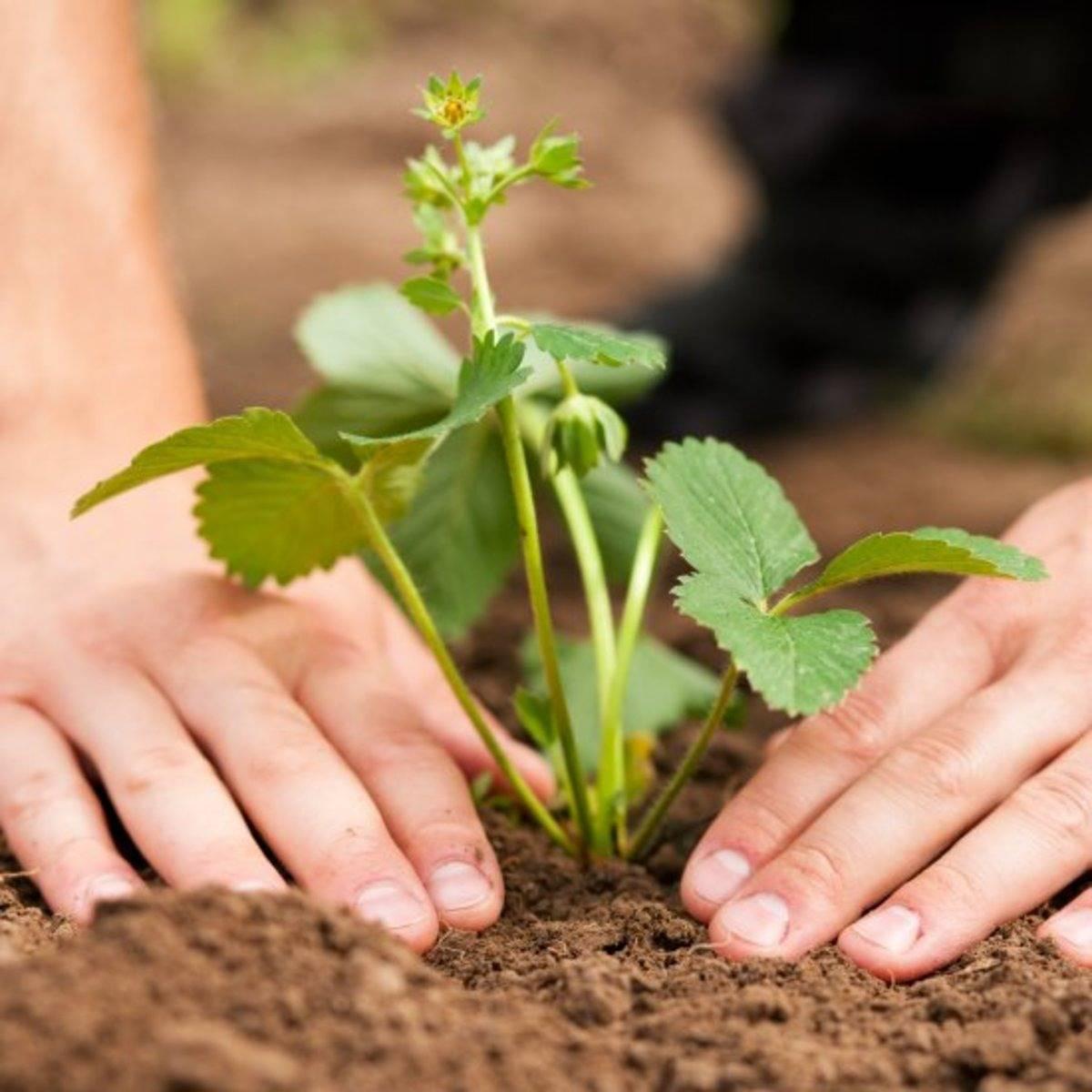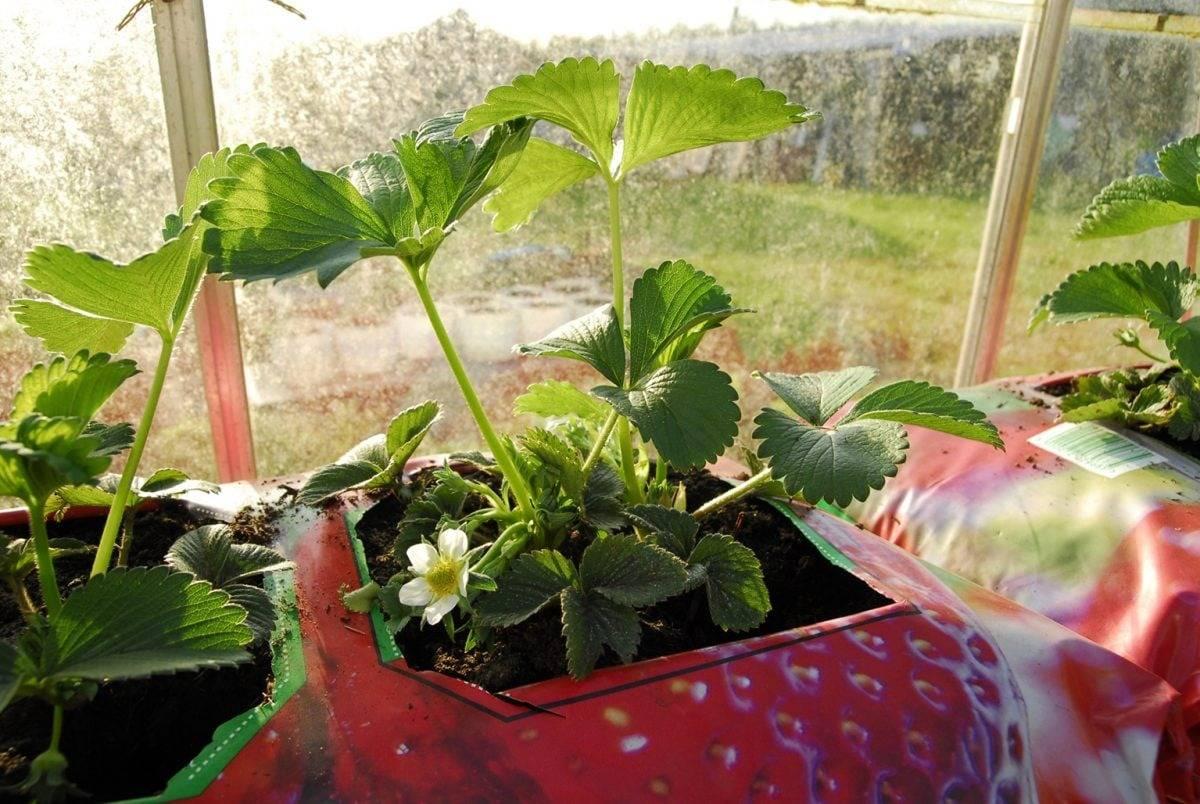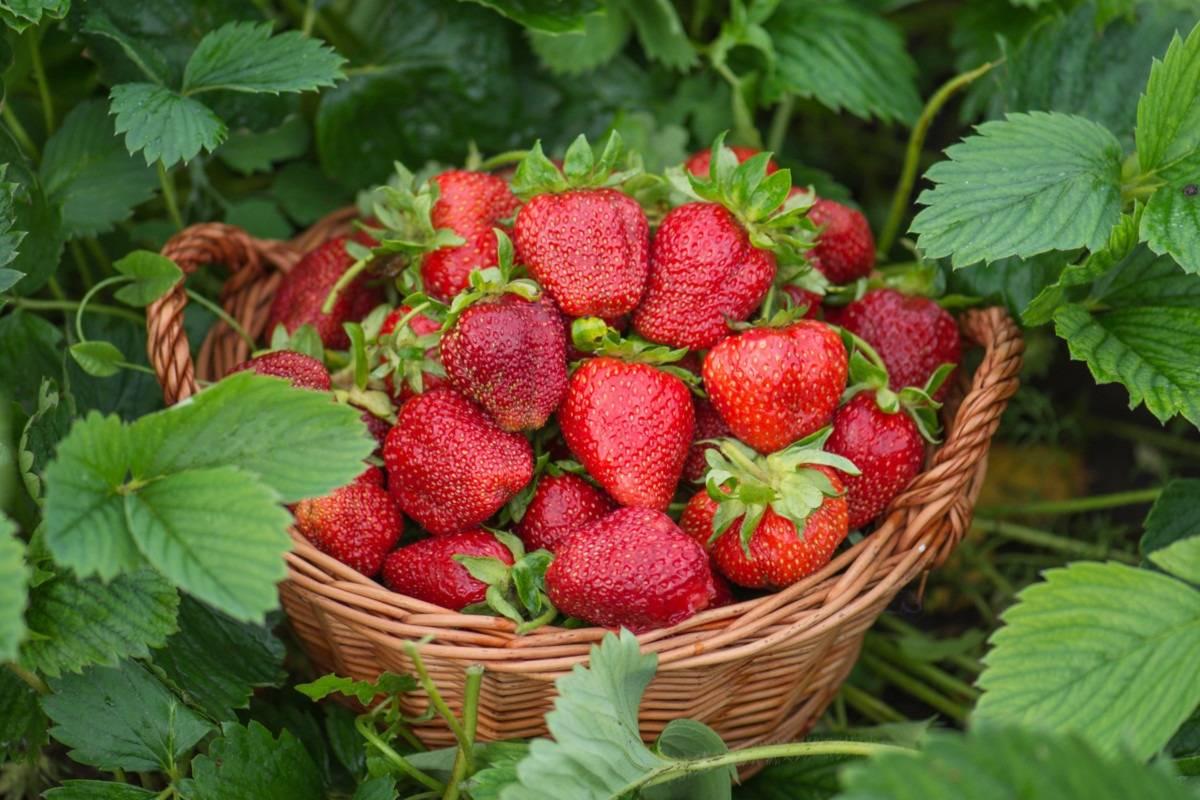Grow Sweet Strawberries: An Easy Guide for New Gardeners
Beginners can achieve a bountiful strawberry harvest with this comprehensive guide.
Learn the basics of planting, caring for, and harvesting strawberries, even with limited gardening experience.
Transform your garden into a haven of juicy, sweet strawberries.
This guide ensures a rewarding growing experience from start to finish.
Picking The Right Strawberry Types
- June-Bearing Strawberries: Yield one large harvest in late spring to early summer.
- Everbearing Strawberries: Offer multiple smaller harvests during spring, summer, and fall.
- Day-Neutral Strawberries: Continuously bear fruit throughout the growing season, especially in summer and fall.
Time to Plant
Plant strawberries in spring or fall when temperatures are milder.
In colder climates, plant in spring as soon as the soil is workable.
In warmer climates, opt for fall planting to dodge the extreme summer heat.
How to Plant Strawberries
- Selecting a Planting Location: Choose a sunny area with 6-8 hours of direct sunlight daily and good drainage to avoid waterlogged soil.
- Preparing the Soil: Strawberries thrive in well-draining, slightly acidic soil (pH 5.5 to 6.5).
Enhance soil fertility and drainage by amending it with compost.
- Planting Method: Utilize raised beds or mounded rows to enhance drainage for strawberries.
Space plants 12-18 inches apart in rows, with 2-3 feet between rows.
Ensure the crown of each plant is level with the soil surface.
- Watering: Maintain consistent soil moisture, particularly during flowering and fruiting.
Water at the plant's base to prevent leaf diseases.
- Mulching: Spread a layer of straw or mulch around the plants to suppress weeds, retain moisture, and keep berries from touching the soil.
- Fertilizing: Apply a balanced, slow-release fertilizer to strawberries in early spring as they begin active growth.
Avoid over-fertilizing to prevent excessive leaf growth at the expense of berry production.
- Pruning: Remove runners to concentrate the plant's energy on producing fruit.
Also, trim any dead or yellowing leaves to enhance air circulation and reduce disease risk.
- Pest and Disease Management: Keep strawberry plants healthy by monitoring for pests like aphids, slugs, and birds, using physical barriers or organic controls as necessary.
Maintain good plant spacing and use ground-level watering techniques to prevent fungal diseases.
Harvesting Time
Harvest strawberries when they are fully ripe and easily detach from the plant, ideally in the cool of the morning.
If the berries are too soft, they're perfect for making jams and other recipes.




